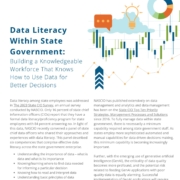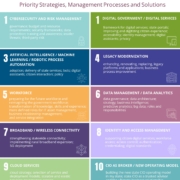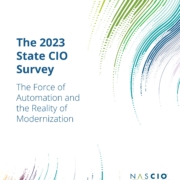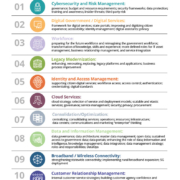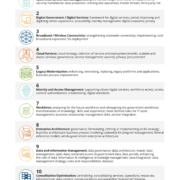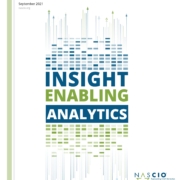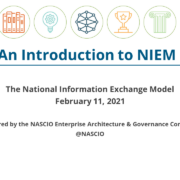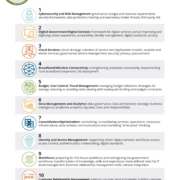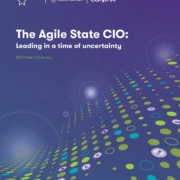This presentation provides an overview of NIEM, the motivation behind the creation of it, the domains of government that are included, and the benefits that can be gained by employing it.
Katherine Escobar, Managing Director for the NIEM Program Management Office, provides an introduction to NIEM including the challenges facing state, local, territorial and tribal governments in sharing information across government lines of business.
NASCIO has a long history supporting the NIEM initiative. This is a revisit of the benefits of NIEM and how to get started.
Slide Deck
Watch the Recording
Additional information about NIEM is available on the following websites:
- The NIEM website
- “What is NIEM” – An introduction to NIEM–a common vocabulary that enables efficient information exchange across diverse public and private organizations.
- NASCIO NIEM resources – For additional NASCIO resources related to NIEM, search on the term “NIEM” using our search tool
- “In Hot Pursuit – Achieving Interoperability Through XML” Part 1 and Part 2 – this video references XML but NIEM is much more than a set of XML schemas.



